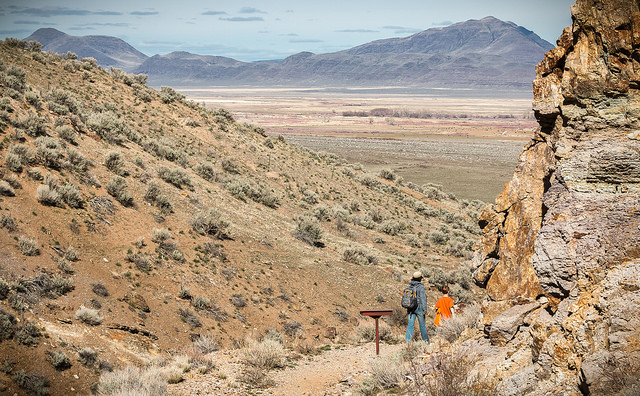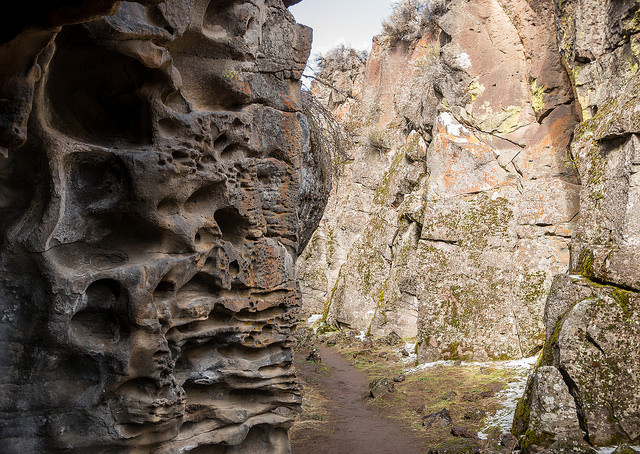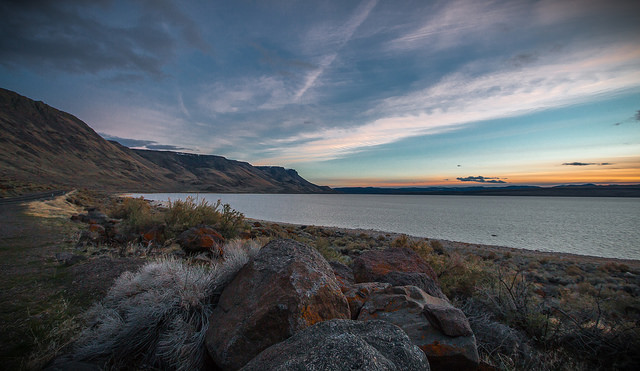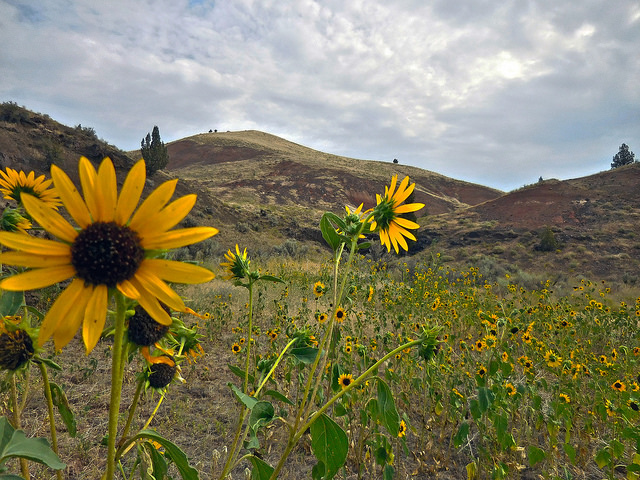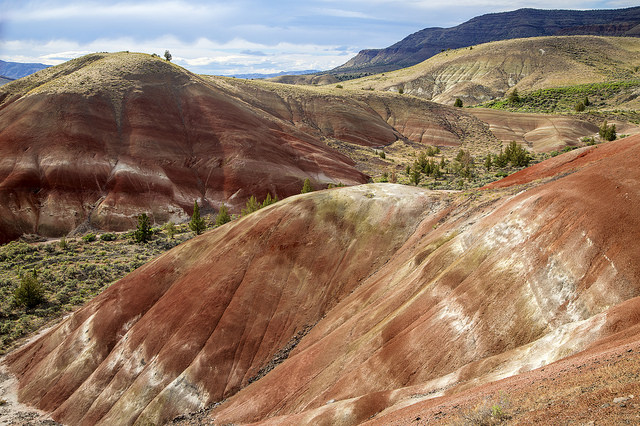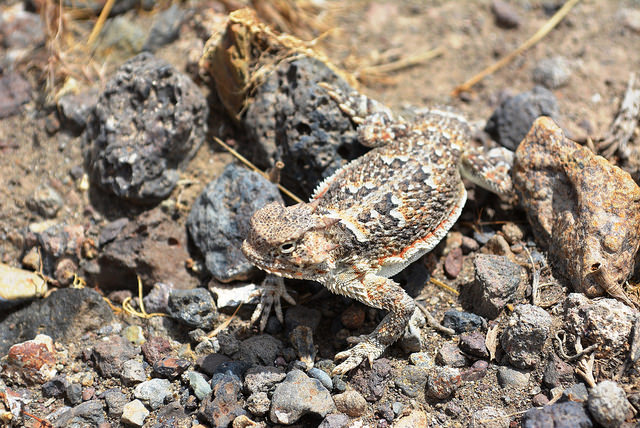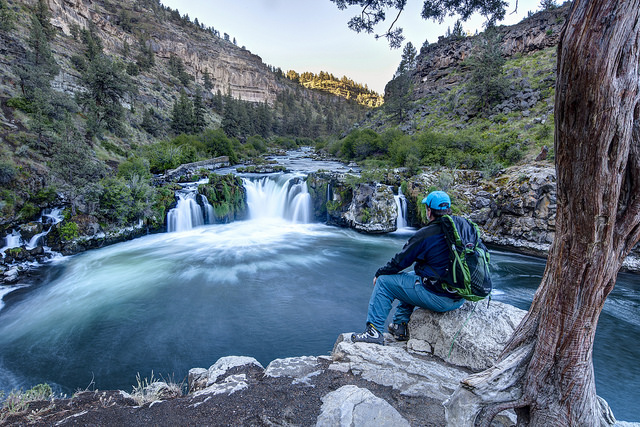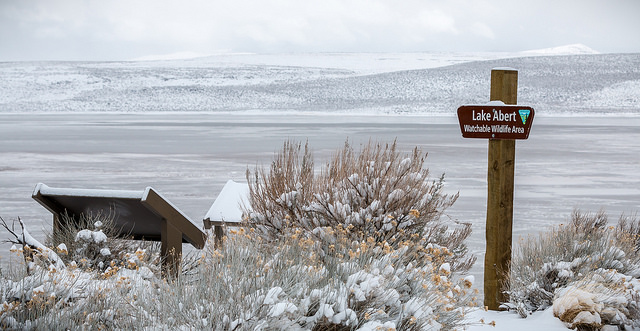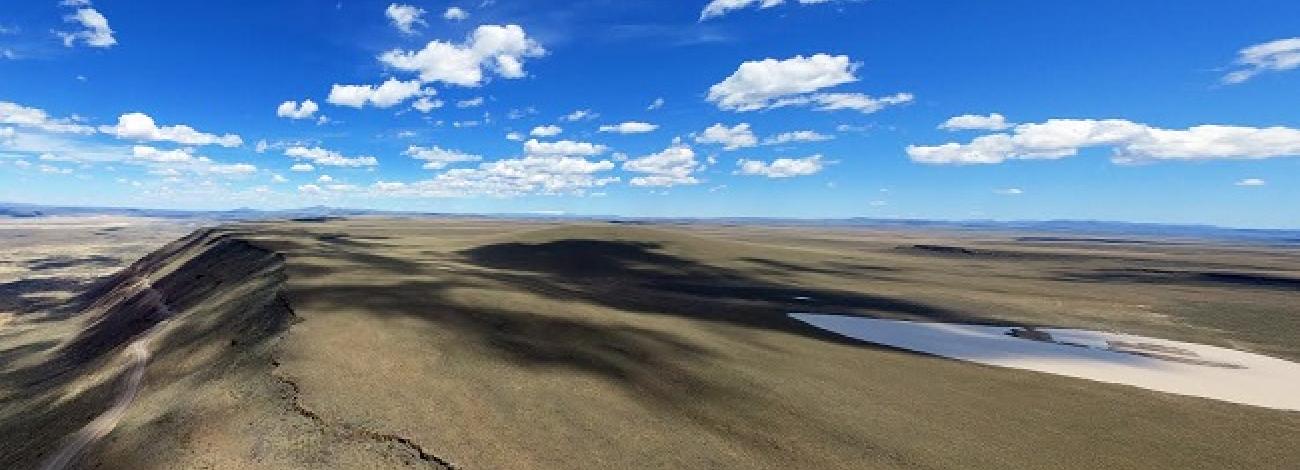
Strawberry Mountain - Indian Creek WSA
The Strawberry Mountain Wilderness Study Areas are three small study areas located adjacent to the U.S. Forest Service Strawberry Mountain Wilderness in Grant County. All of the study areas lie within ten miles of each other around the perimeter of the Strawberry Mountain Range and on the northern and western boundaries of the Strawberry Mountain Wilderness.
The Indian Creek WSA (OR-2-98D) lies to the east of the Pine Creek area and is also on the north side of the wilderness approximately six miles south of Prairie City. The Indian Creek WSA contains 208 acres of BLM land. It is bounded on the south by the Strawberry Mountain Wilderness and by a wilderness portion of the Malheur National Forest. On the north, a mine land form the boundary, while on the east and west the area is bounded by roads. The area is nearly one mile long and half a mile wide.
The parcel is in an area of foothills and benches on the north side of the Strawberry Mountain Range. Indian Creek, a perennial stream, runs south to north through the center of the area for about a half mile. The elevation in the study area varies from 4,280 feet on the north in the bottom of the Indian Creek drainage to 4,840 in the southwest corner. Mountain mahogany with some ponderosa pine and Douglas fir are the main tree species.
These were studied under Section 202 of the Federal Land Policy and Management Act as they contain wilderness values only in conjunction with the larger existing wilderness area which they border. They were included in the Final Oregon Wilderness Environmental Impact Statement (EIS) filed in February 1990.

